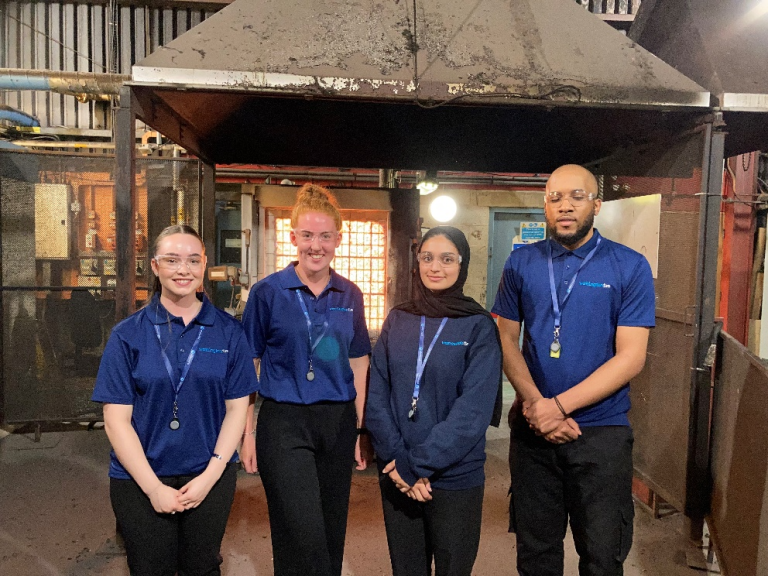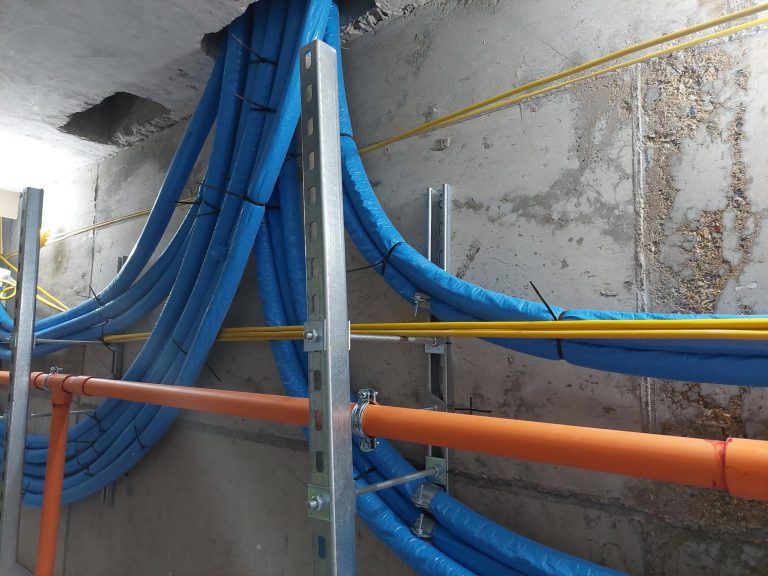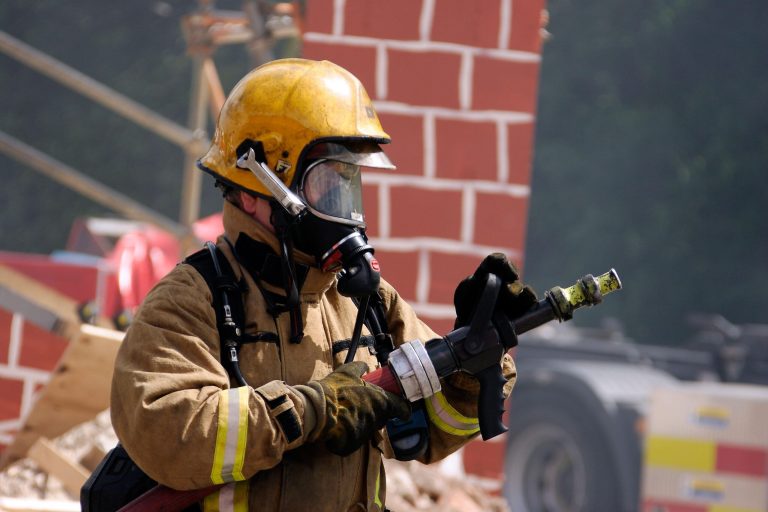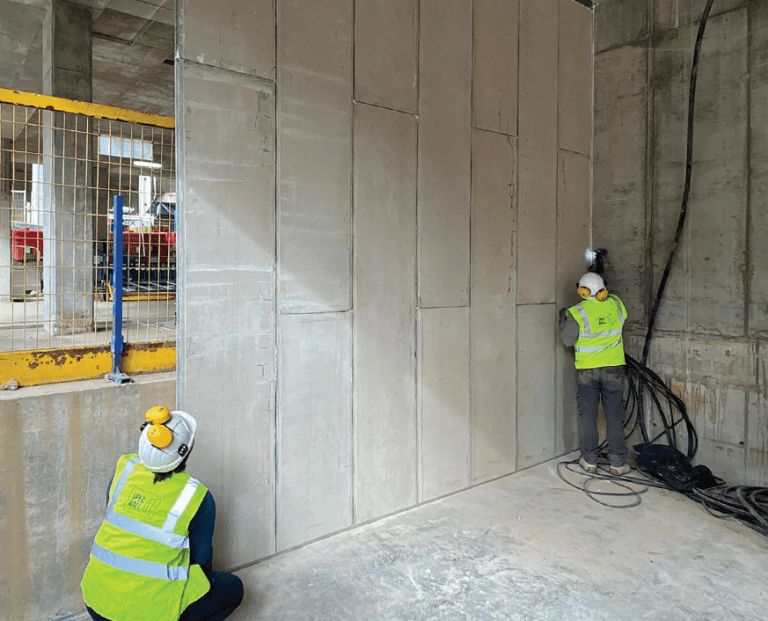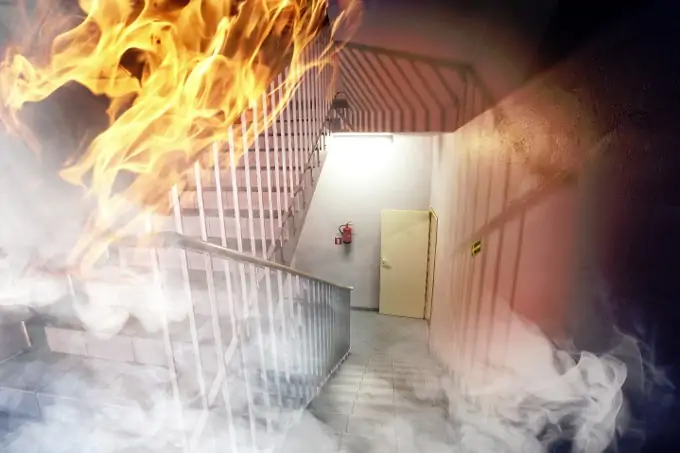Tendering for smoke and fire safety systems is arguably one of the most complex processes in construction, but it needn’t be. The ultimate aim should be to have a compliant solution that prioritises safety to life above anything else; after all, a person dies every two days in a smoke related fire. But red tape and legislation have made the safety of building users less of a priority and over time, bad habits have become the norm, making the tendering process about a race to the bottom on price – and often, quality. To challenge this, SfS, part of Exyte Hargreaves, is sharing four steps to overhaul the tendering process to make it more efficient and result in solutions that are legally sound, which meet the requirements of the entire supply chain, and which put safety top of the list. 1 Consider the application of the building Smoke and fire safety products undergo rigorous testing when they’re installed to any application so when they fail, a lot of responsibility is placed on the manufacturer; the assumption is always that the fault must be product-based, and not whether the product in question was right for the application in the first place. After all, in most cases, once the system leaves the production line the manufacturer is unlikely to be involved in its use thereafter. Typically, it’s a fire consultant that should have the final say over what smoke and fire solution is installed to a building; this should be taken as gospel, they’re the experts. But in many cases contractors will de-spec and install a product of lower quality (and therefore cost) to secure the job. A fire consultant might step back in and challenge what’s been fitted, but they don’t often have the influence to reverse the decision. A building’s intended use should be the basis of every decision made in the specification and installation of smoke and fire safety solutions. This might vary, depending on at what RIBA stage the project is at when fire safety is eventually discussed. But each application will have unique requirements that should see everyone involved seek out the expertise of a smoke and fire expert; for example, does a building need a basic smoke vent, or does it require an engineered lobby smoke extract system with dampers on every floor suitably sized for the designed airflow? System pressure, the number of insulated blades, number of operations, whether the system is automatic or manually operated and so many more criteria should be individually analysed to determine which solution is best suited to the application in question. There is responsibility on everyone involved in the delivery of a building to critically challenge whether what’s specified is fit for purpose, but working with a specialist that is involved in every step of the fire safety strategy – design, manufacture and installation – can make that accountability less of a burden. 2 Get a smoke safety expert involved from the start Going down that route is advisable, and is something that should be at the very top of the agenda during the planning stages of any build, and every stage thereafter. Architects and designers are responsible for determining how a building will look and function – they’re not experts in fire safety, nor are they expected to be. On the other hand, building control and fire departments – those who are experts in fire safety, are rarely, if ever, involved in the upfront planning of a building. Why, then, hasn’t the industry taken steps to have a consisted thread of fire safety knowledge running throughout the delivery of every new building? It is only experts who live and breathe smoke and fire safety who will bring the relevant perspective required to ensure a fire safety system is compliant, suitable for the application and capable of saving lives should a fire occur. All too little, this vital information is omitted from a building spec and even if it is included, it’s often lacking the intricate detail needed to ensure anyone using the building in the future can be kept safe. Then, when a building is nearing completion and a fire specialist is brought in to assess the solution that’s been installed, it’s too late to implement a more suitable system. As experts in this field, we’re stepping up our own responsibility, ensuring we achieve strong relationships with parties at every level of the supply chain so we can provide that consistent thread of expertise. 3 Don’t focus on budget One of the other main reasons a building will be left with a less-than-suitable smoke and fire safety solution is due to budget. A quantity surveyor, for example, is unlikely to have the knowledge of the individual components of a fire safety system that make it both legally compliant and suitable to the individual application. So, if they’re presented with what appears to be two ‘like for like’ products that differ in price by a few hundred pounds, they’re inherently drawn towards the cheaper option. But it’s not very often that ‘like for like’ is exactly that. Our priority is to create solutions that specify to the correct criteria for each and every individual building we’re tasked with supporting. Often, that means being told we’re the most expensive of three different organisations tendering for a job, even though what the client sees in black and white appears to look the ‘same’. We use this as an opportunity to provide an education – are we comparing apples with apples? There aren’t actually huge swathes of differences in the fire safety products available on the market, so the price difference comes down to everything else we offer – ultimate compliancy, support throughout the entire design and build process, a solution that’s fit for purpose and a promise that we would never break specification to bring down costs if it meant putting people at risk. The tendering process should be really transparent, but it isn’t. It always leaves us





